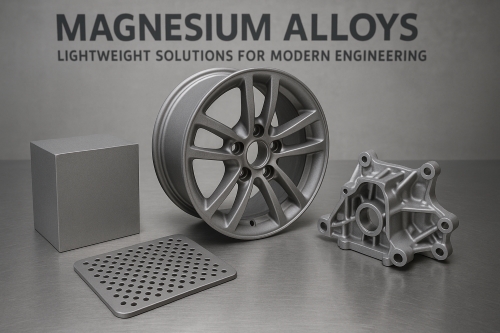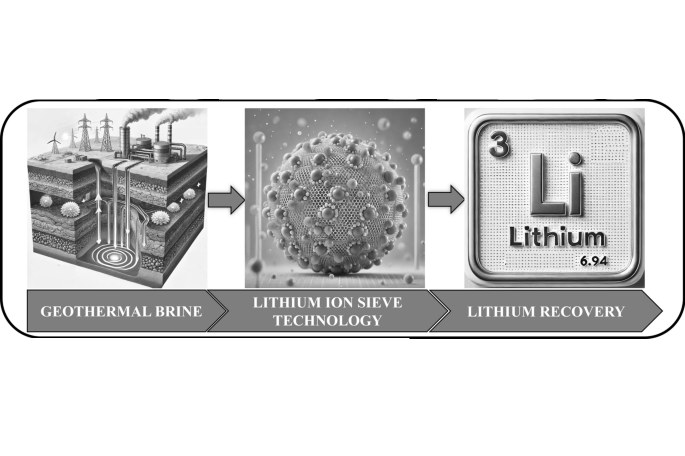All You Need To Know About Platinum-Rhodium Thermocouples
Platinum-Rhodium Thermocouples are also known as high-temperature precious-metal thermocouples. They serve as temperature sensors and typically form, together with temperature transmitters, controllers and display instruments, a process control system for the direct measurement or regulation of the temperature of liquids, vapours and gases and solid surfaces in various production processes in the range of 0 to 1 800℃.
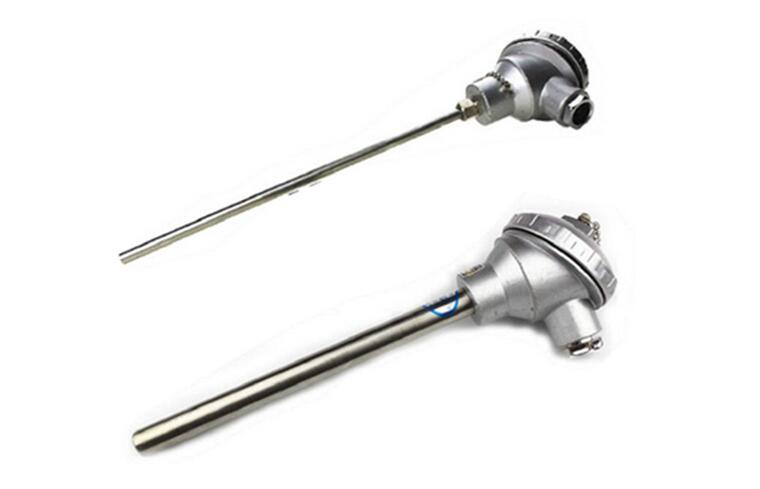
Platinum-Rhodium Thermocouples
The diameter of the Platinum-Rhodium thermocouple wire is specified as 0.5 mm, with an allowable deviation of -0.015 mm. The positive electrode comprises a Platinum-Rhodium alloy containing 30% rhodium and 70% platinum, and the negative electrode consists of a Platinum-Rhodium alloy with a 6% rhodium content. This combination is generally referred to as a double Platinum-Rhodium thermocouple. The maximum continuous operating temperature of the Platinum-Rhodium thermocouple is 1 600℃, while the maximum short-term operating temperature is 1 800℃.
The Advantages of Platinum-Rhodium Thermocouples
Platinum-Rhodium thermocouples provide high measurement accuracy, reliable stability, a wide temperature range, an extended operational lifespan and a high maximum temperature limit. They are suitable for oxidising and inert atmospheres and may be used briefly in a vacuum; however, they are not appropriate for reducing atmospheres or atmospheres containing metal or non-metal vapours. An evident advantage of the B-Type Thermocouple is that no compensation wire is required, given that the thermoelectric voltage is less than 3 µV in the range of 0 to 50℃.
The Disadvantages of Platinum-Rhodium Thermocouples
The primary disadvantage of Platinum-Rhodium thermocouples concerns their thermoelectric voltage. The generated thermoelectric voltage is low and, consequently, their sensitivity is limited. Their mechanical strength decreases at elevated temperatures, they exhibit a high sensitivity to contamination and the cost of the precious-metal materials results in a high initial investment.
The Operating Principle of Platinum-Rhodium Thermocouples
The Platinum-Rhodium thermocouple consists of two conductors with different compositions that are connected into an electrical circuit. When the temperatures at the two junctions differ, a thermal current is generated in the circuit. When a temperature difference exists between the measurement end and the reference end, the display instrument indicates the temperature corresponding to the thermoelectric potential produced by the thermocouple.
The thermoelectromotive force of the Platinum-Rhodium thermocouple increases as the temperature at the measurement end rises. Its magnitude depends solely on the thermocouple material and the temperatures at both ends, and not on the length or the diameter of the hot electrode.
The external appearance of various Platinum-Rhodium thermocouples often varies according to site-specific requirements; however, their basic structure is generally consistent and comprises primary components such as the hot electrodes, insulating sleeve protection tubes and connector boxes.
How to Select Platinum-Rhodium Thermocouples
If the measured temperature lies between 1 000℃ and 1 300℃, it is recommended to use a simple Platinum-Rhodium thermocouple (Platinum-Rhodium 10-Platinum). For a typical temperature range between 1 200℃ and 1 600℃, a double Platinum-Rhodium thermocouple (Platinum-Rhodium 30-Platinum and 6 Rhodium) should be used, thereby ensuring the thermocouple operates effectively within the specified temperature range.
Applications of Platinum-Rhodium Thermocouples
Platinum-Rhodium thermocouples find considerable application in Powder Metallurgy, vacuum furnaces, melting furnaces, steel furnaces, industrial salt bath furnaces, sintering furnaces and similar equipment. They are generally used in conjunction with temperature transmitters, controllers and display instruments to form a process control system for the direct measurement or regulation of temperature in various production processes.

 Bars
Bars
 Beads & Spheres
Beads & Spheres
 Bolts & Nuts
Bolts & Nuts
 Crucibles
Crucibles
 Discs
Discs
 Fibers & Fabrics
Fibers & Fabrics
 Films
Films
 Flake
Flake
 Foams
Foams
 Foil
Foil
 Granules
Granules
 Honeycombs
Honeycombs
 Ink
Ink
 Laminate
Laminate
 Lumps
Lumps
 Meshes
Meshes
 Metallised Film
Metallised Film
 Plate
Plate
 Powders
Powders
 Rod
Rod
 Sheets
Sheets
 Single Crystals
Single Crystals
 Sputtering Target
Sputtering Target
 Tubes
Tubes
 Washer
Washer
 Wires
Wires
 Converters & Calculators
Converters & Calculators
 Write for Us
Write for Us
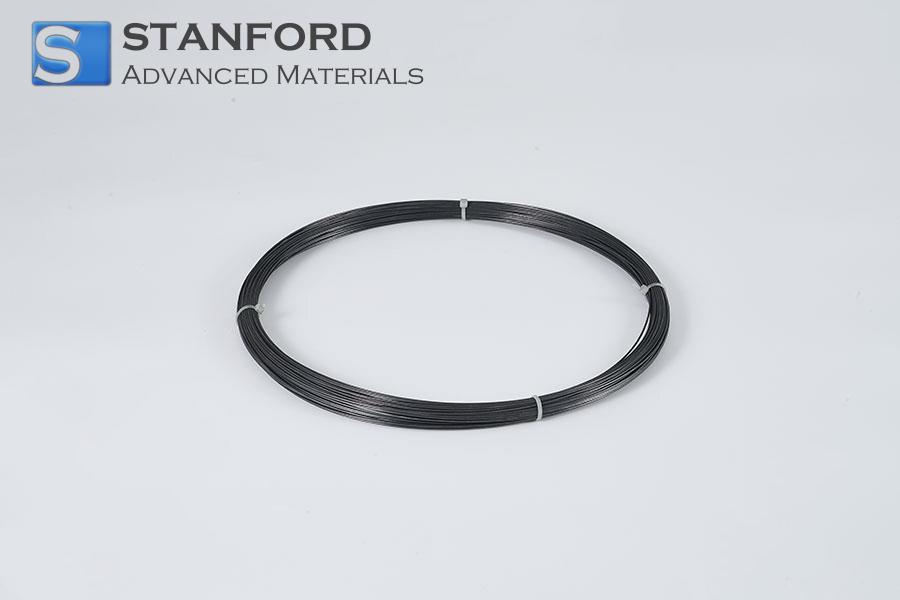
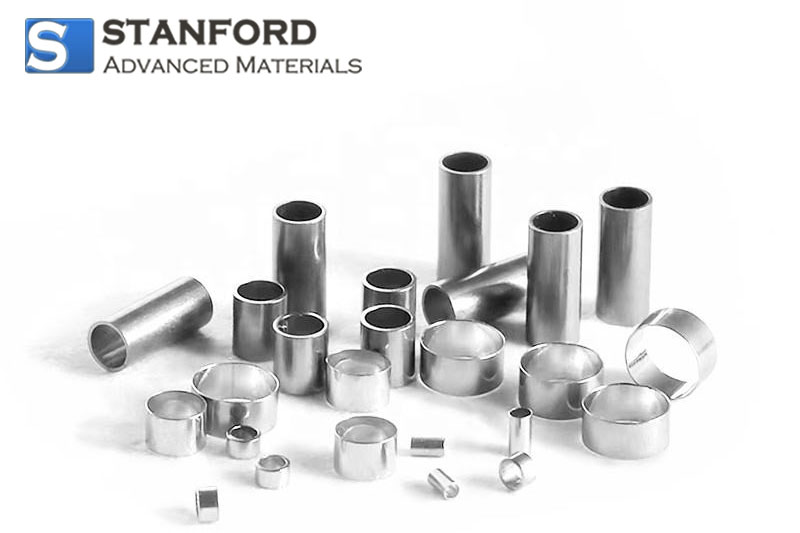
 Chin Trento
Chin Trento

